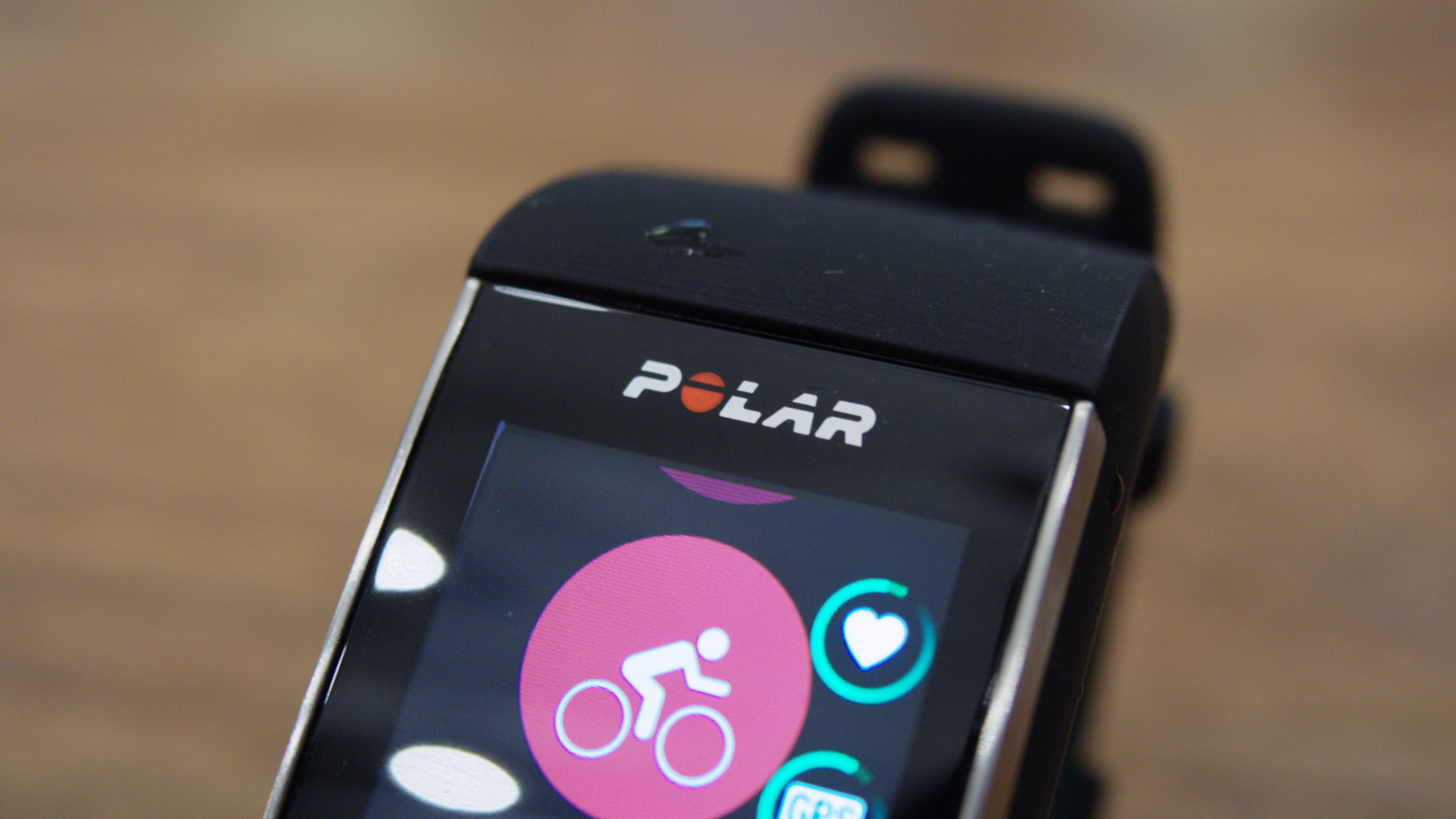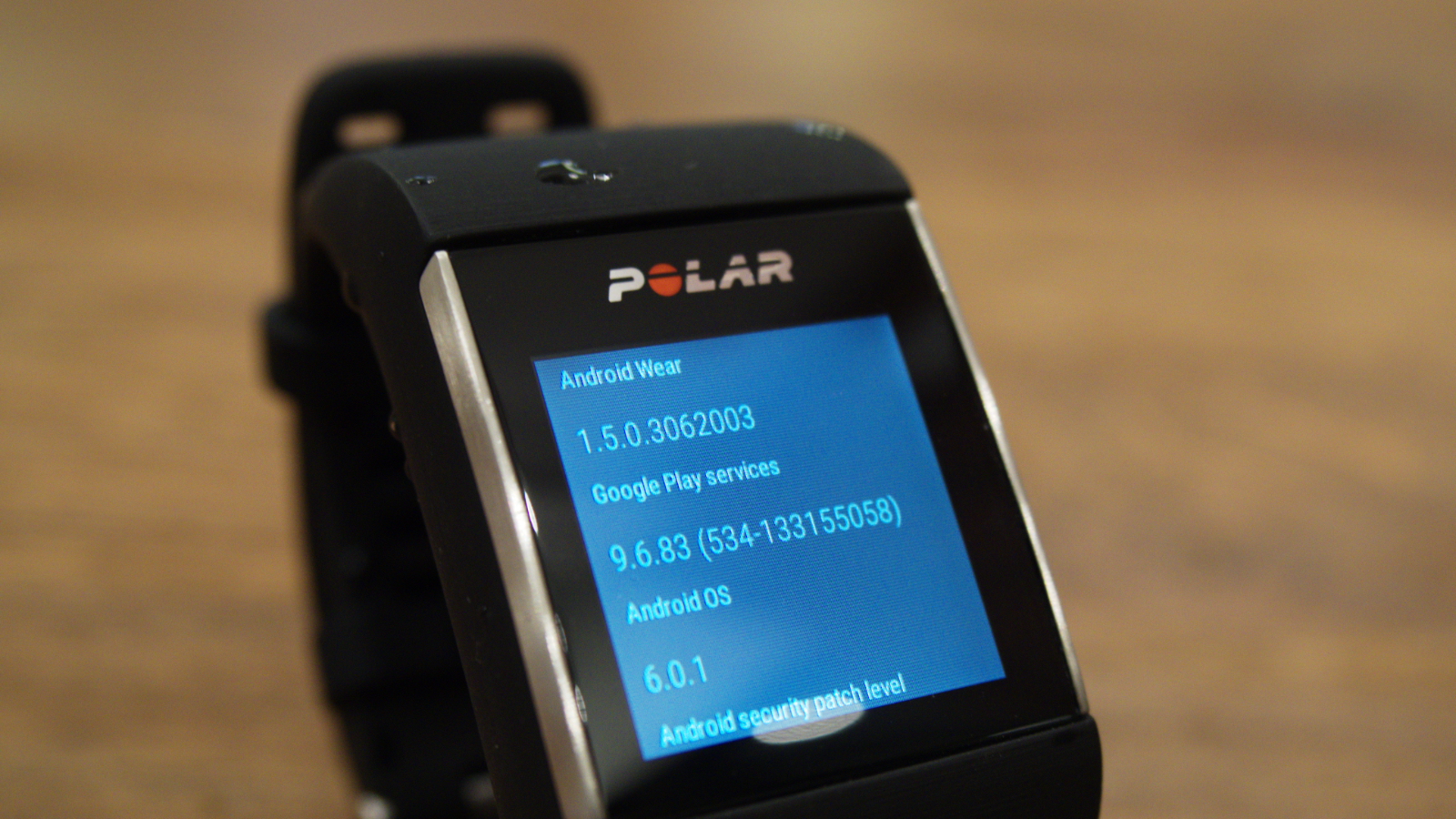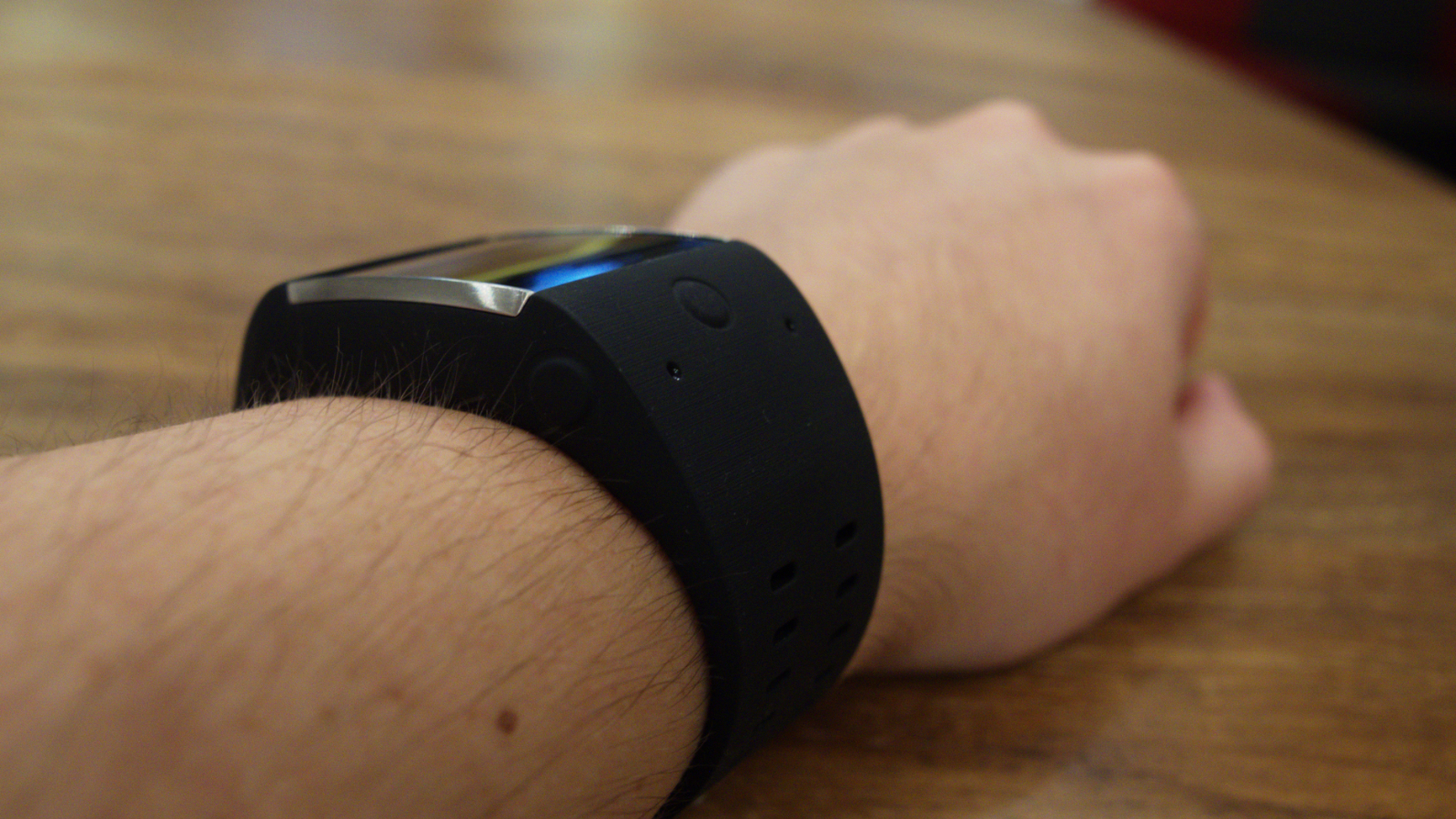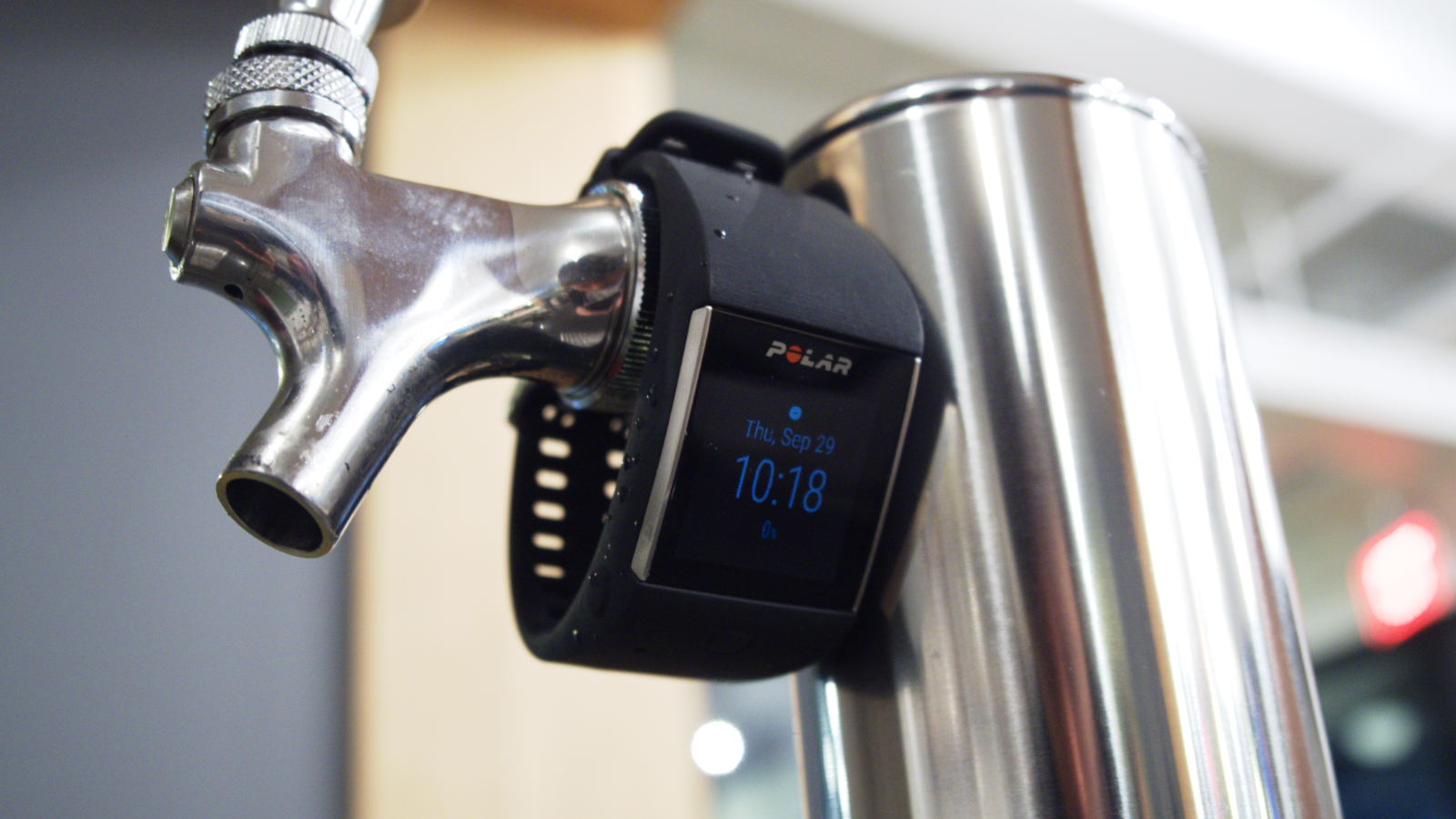Why you can trust TechRadar
- Polar opts for a MediaTek chipset instead of Snapdragon Wear 2100, but the results are just fine
- The low point of the M600 may very well be its low-res screen
- This smartwatch puts the others to shame with its fitness software
The rather large bezel and 1.3-inch touchscreen are covered by Gorilla Glass 3 and measures up at 240 x 240 pixel, with 260 pixels per inch (ppi). It's a transmissive LCD screen, meaning that it excels in displaying vibrant colors indoors, but unfortunately, the downside is that it's difficult to read in direct sunlight.

Compared to industry leaders in smartwatch screen quality, like the Samsung Gear S2 and Huawei Watch, the Polar M600 pales in comparison. The colors generally look washed-out and the screen's scan lines are painfully easy to see. Polar's screen gives off the impression that we're dealing with a budget device, not a $329 smartwatch.
A wise idea would have been for Polar to make the screen transflective instead and implement something similar to the Moto 360 Sport's AnyLight feature, which basically turns the screen into a easier-to-read monochrome display when outside.
The Polar M600 takes another left turn with its chipset, which is different than the Snapdragon 400 processor we've seen appear in most Android Wear devices. Inside, there's a MediaTek MT2601 dual-core processor, the chip manufacturer's first go at powering an Android Wear smartwatch.

During our testing, MediaTek's wrist-based chipset performs equally well under-pressure and during regular use. Like all Android Wear smartwatches, there's a bit of user interface lag from time-to-time, and the M600 is no different. Thankfully, it handled Polar's app, the watch's main attraction that utilizes GPS and a heart rate sensor in tandem, admirably.
In terms of the other specs, it's standard fare here. There's 4GB of internal storage for syncing up your favorite Google Play Music files and third-party apps, as well as 512MB RAM backing the experience. It seems low, but as we saw in the Fossil Q Founder, more doesn't necessarily equate to a better experience. It's possible that Android Wear 2.0 (which Polar has confirmed for the M600) will speed things up, but we'll have to wait and see.

Now, here's where the M600 takes on a life of its own in the Android Wear space. Similar to the Moto 360 Sport, Polar's smartwatch puts the focus on fitness. As such, it can log stats for a variety of activities, ranging from running to ice skating, map your position with its built-in GPS sensor and keep a finger to the pulse with its heart rate monitor.
The software that Polar has built into the M600 is definitely a step above what we've seen put forward by other Android Wear manufacturers. We appreciate that it's possible to pause workouts, and look at the stats in-depth in the Polar Flow app.
Booting up into an activity with GPS-tracking enabled takes around five to ten seconds in our experience. Compare that to the Microsoft Band 2 and Moto 360 Sport, which can each take up to 30 seconds to find signal.
Current page: Specs, performance and fitness
Prev Page Introduction and design Next Page Compatibility, battery life and appCameron is a writer at The Verge, focused on reviews, deals coverage, and news. He wrote for magazines and websites such as The Verge, TechRadar, Practical Photoshop, Polygon, Eater and Al Bawaba.

